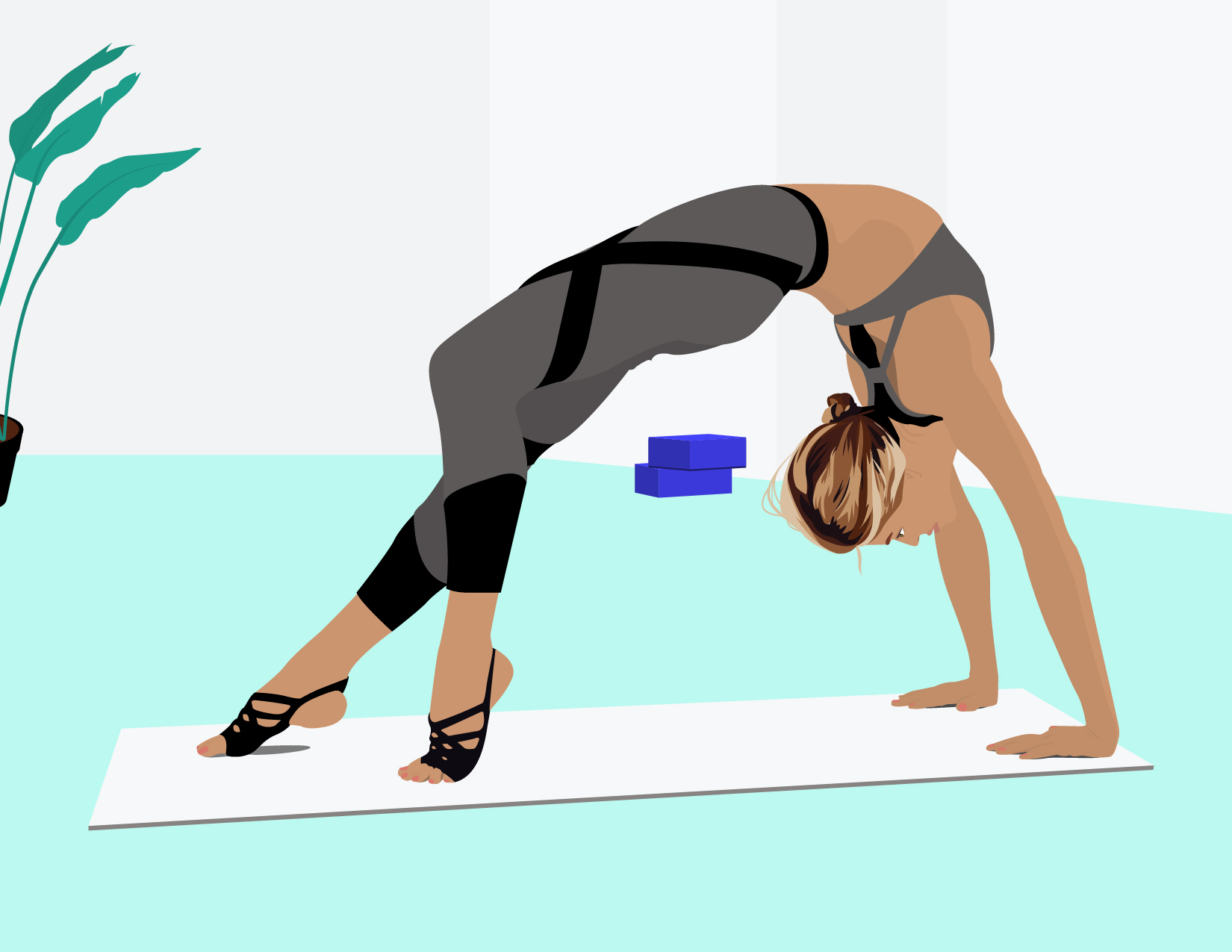We completely understand that you’re committed to attending your HIIT, barre and cardio dance classes throughout the week. The motivational instructors give you the right amount of energy to get through the next day, the friends you’ve made in class help you power up during those never-ending plank sessions, and the blast of endorphins at the end of class leave you feeling positive and ready to take on any challenge. However, as much as you love giving yourself an hour each day to focus on your physical health, it’s just as important to give your muscles a break. They deserve it, and frankly, they need it.
If you never give yourself a break—both physically and mentally—you’re setting yourself up to fail. When you complete a full range of tasking exercises, like squats, push-ups or deadlifts, your muscles naturally break down. Over the next one or two days, your muscles will build up stronger, but completing the same activities day in and day out without taking a break will cause you to experience increased muscle soreness, a suppressed immune system, difficulty sleeping, a decrease in strength and ability to perform well in class and, worst-case scenario, injury. While rest days may feel glorious, we all know how difficult it can be to sign up to take another class after a day of total relaxation. Instead of skipping the gym altogether, should you balance your days off with a mindful hour of yoga, or do your muscles truly need a complete day of inactivity?
[sc name=”saveupto70off” ]Can you workout every day?
Yes, everyone needs a rest day. But, the type of rest day you take depends on your training load. If you’re new to the exercising game or are trying your hand in a completely new exercise routine, work in a rest day every third day. This means you’ll exercise for two days in a row and rest on the third. If you’re a more experienced exerciser, you can get by fitting in a rest day once a week.
Now, what exactly should your rest days look like? While plopping on the couch and working in a good Netflix binge sounds utterly enjoyable, life doesn’t always work that way. Your dog needs a daily walk, your friend just asked to take a stroll around the park, and you actually need to haul a huge load of groceries up three sets of stairs. So much for a rest day, right? Not exactly. If you’re pushing yourself every day with high-intensity workouts, a casual walk is still considered rest.
Should you workout every day?
No, you should not workout every day. Rest days don’t need to include sedentary activities. Instead of going to the gym, maintain momentum by blocking that same amount of time you would use in a class by focusing on your health. This could mean stretching, meditating or prepping your meals for the week.
Making progress doesn’t solely constitute itself in terms of how many push-ups you can do or how long you can hold a handstand. It can also come in thinking positive thoughts and eating well.
Lastly, while you need a rest day every three days of consecutive workouts, you should also work in a rest week every eight weeks by focusing on a decreased training load. Giving yourself a break will help you gain, both in terms of muscle and mental strength. Plus, changing up a monotonous routine of burpees and upper cuts will get you pumped to enter that studio again.
Rest day ideas: try yoga
Afraid a walk around the park just won’t do it for you on your rest day or that completely skipping your morning routine of hitting the gym will throw off your whole week? A yoga class could offer the right amount of balance your body needs on a rest day, especially if your workouts have a moderate intensity or you’re new to exercising. Plus, rest days should give your mind a break just as much as your muscles, and in that case, yoga is the perfect balance to keep your brain and body happy.
Yoga focuses on breathing in good energy and letting out any negative thoughts and emotions. The routine motions of working through downward dogs, warrior and mountain poses helps lengthen our muscles and tendons, which helps them recover and develop more mobility and flexibility. These motions can be especially helpful if you’re an avid runner or weight lifter, where the actions of these activities often cause muscles to tense and shorten.
In addition, the mindful movements, deep breathing exercises and positive affirmations spilling from your instructor will leave you feeling refreshed and ready to take on those high-energy classes for the remainder of your week.
Rest days are important for recovery
Taking a break from the everyday routine is important in any sense—that’s why we have weekends! Just as we need a hiatus from our jobs each week, we also need to take a rest from our workout routines. However, complete couch potato-ness isn’t necessary or helpful. Taking a rest day should aid your muscles and mind. In that case, yoga works in both practices. After walking out of class you’ll feel calm, energized and ready for your high-intensity classes you’ve lined up for the rest of the week. But, of course, listen to your body. If your muscles are feeling more sore than usual, you may choose to take a slow walk around the park, practice a gentle stretching routine or even prep your meals for the week. Taking a break benefits your entire body, and that’s something you can remember both inside and outside of the gym.
We know this has been a super frigid winter for some of us in the Northeast- and when it’s that cold outside, it’s normal to think: I’ll just take today off. It’s healthy to take rest days – working out every single day could put your body in overdrive – but how many days off should you really take? One… or more?
One rest day per week
A balanced workout plan includes cardiovascular, balance, strength and flexibility. The Centers For Disease Control states that healthy adults can increase their training (a mix of all activities) to up to five hours a week for added health benefits. With all of the hip studios with hot classes included with your ClassPass membership you can create a schedule that includes boot camp, cycling, Pilates, hot yoga and pole dancing, so creating a six-day workout routine is a snap. With all of the variety you and your body will never get bored, but you may be at risk for overtraining by not taking more than one rest day.
Two rest days per week
Let’s look to (exercise) science to find the benefits of working out four to five days a week. Researchers at the University of Birmingham at Alabama put subjects into three groups that worked out either two, four or six times a week without changing their eating habits. At the end of the four-month study, all of the participants had lost weight, improved strength and endurance at around the same level. Yes, the people that worked out twice a week saw about the same improvement as the ones that worked out six times a week! Amazing! The four-day a week group were burning 225 more calories per day, compared to their output at the beginning of the study. The six-day group did not say that they were fatigued, but that sticking to working out that much took up too much time.
How many rest days a week
When you exercise, you are challenging your cardiorespiratory system and creating micro traumas in your muscles that need time to recover and repair. According to trainer, Adam Rosante “It’s in those recovery periods that the recovery and reparation happens and hotness occurs.”
Taking one rest day a week is mandatory, but taking two won’t damage your fitness goals either. If you can’t stand the thought of taking a 24 or 48-hour breather, you can go for a leisurely walk or do a full-body stretch routine.





